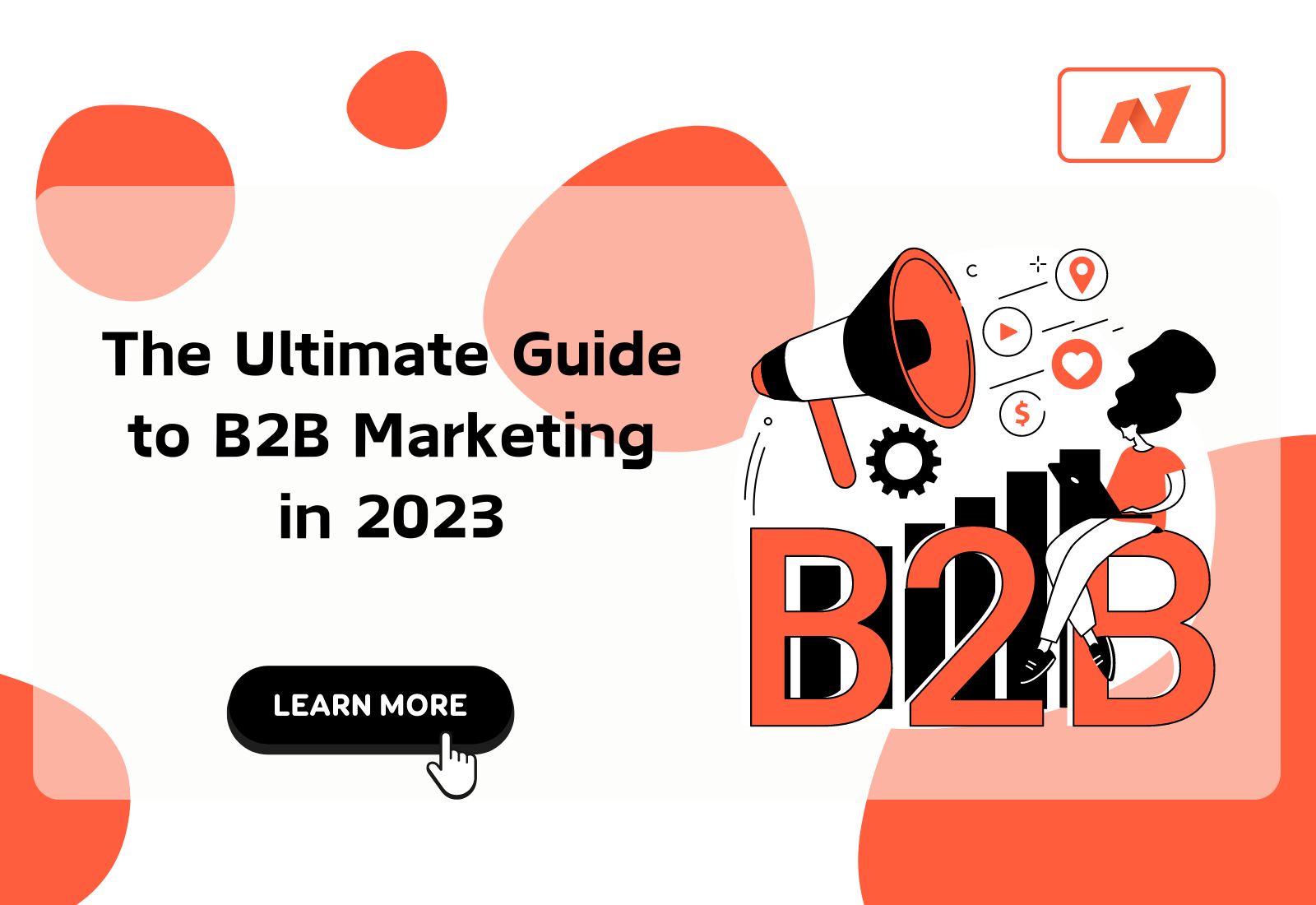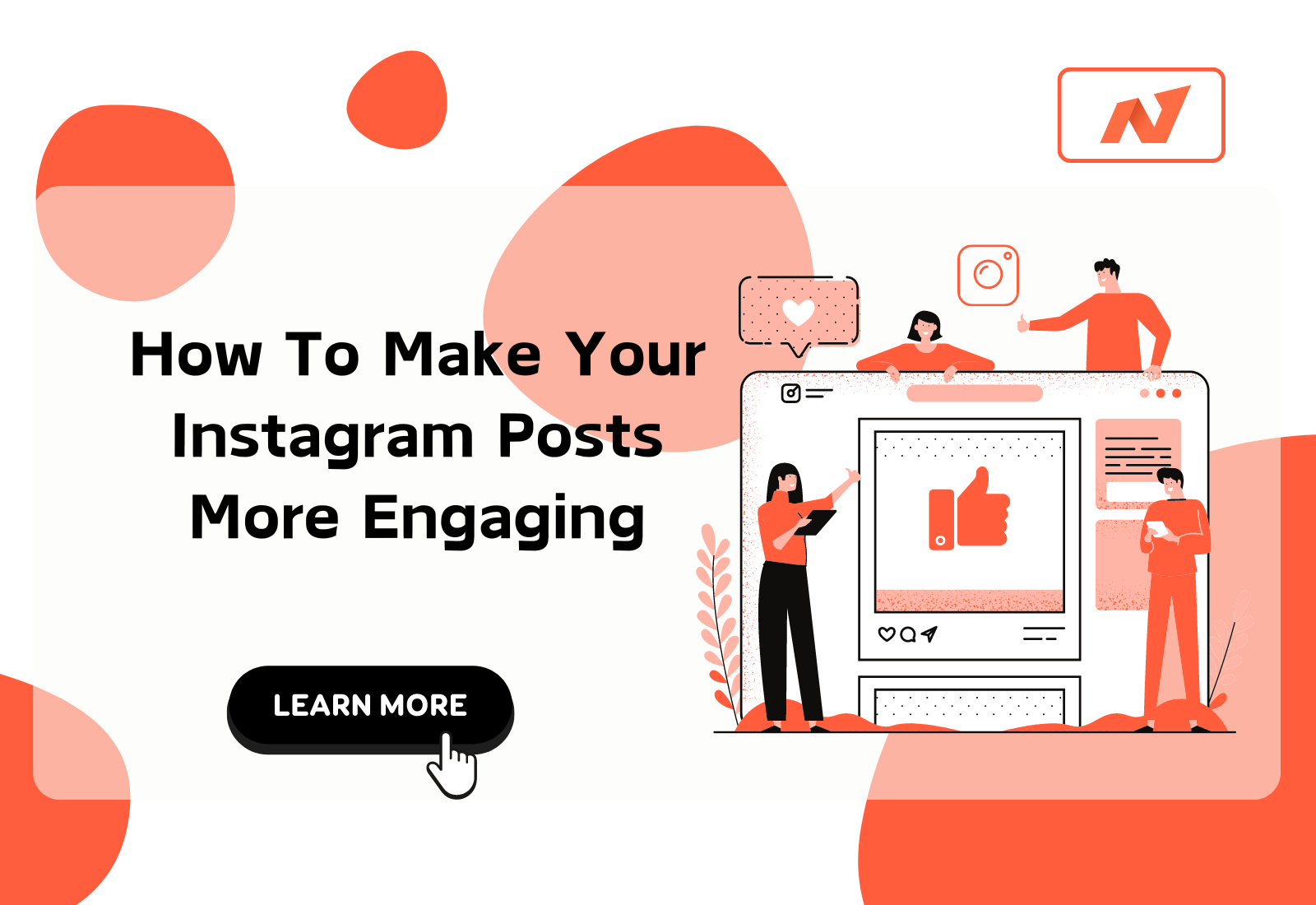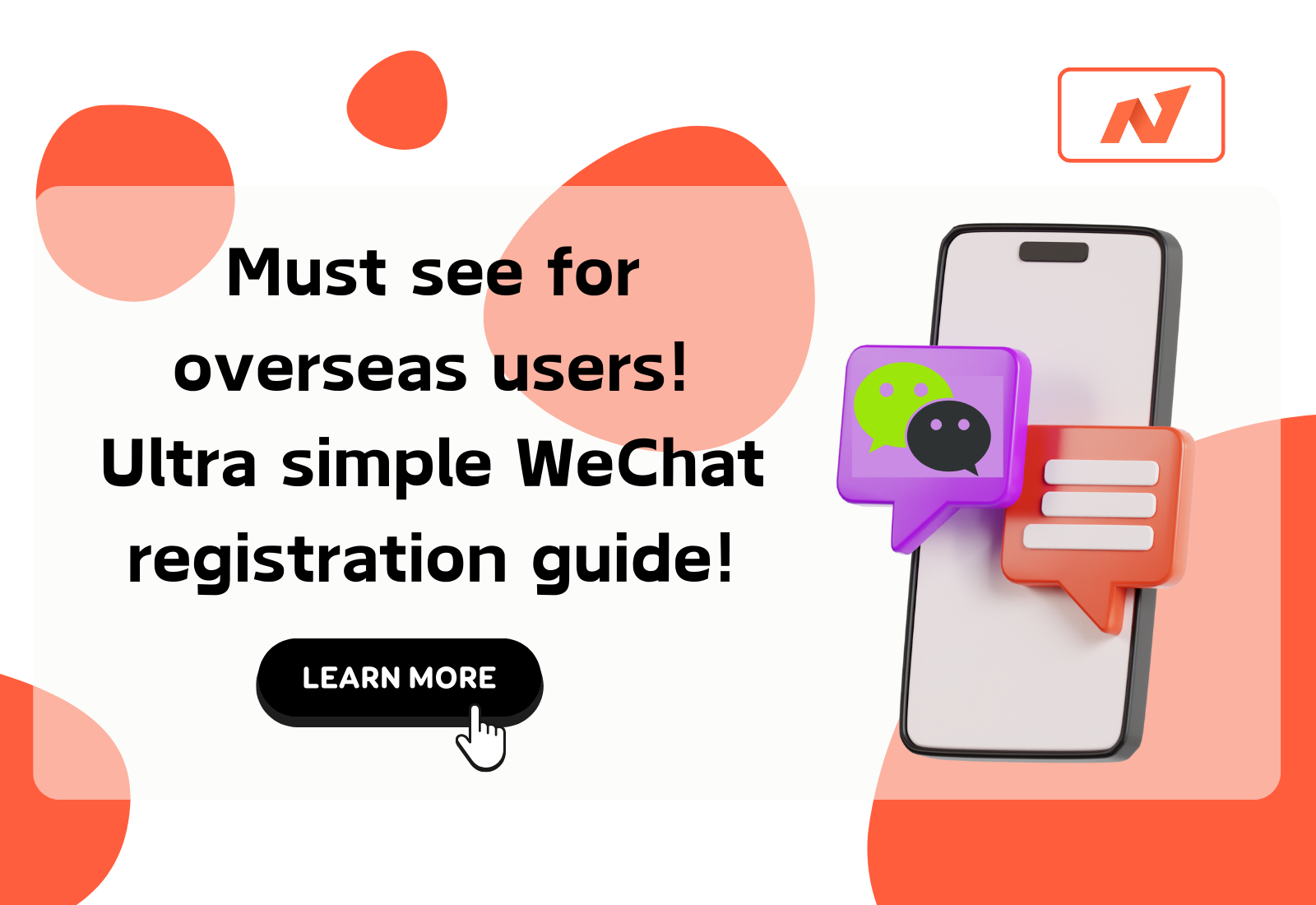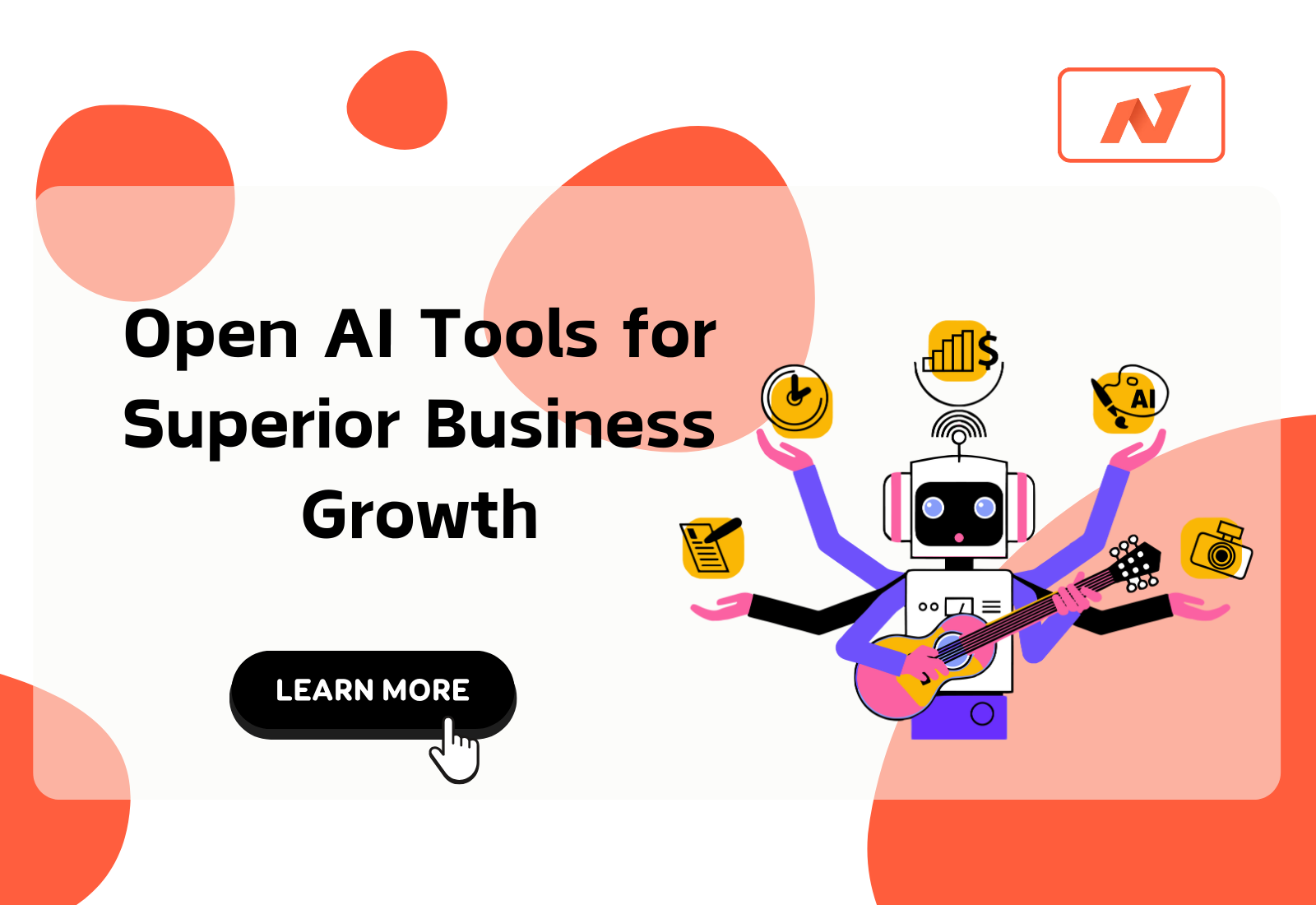Effective B2B marketing is difficult to get right. Between creative demands, budget limits, and channel decisions, marketers have a lot to juggle when developing their marketing strategy. The biggest determinant of effective marketing, however, is your audience. If you’re not properly targeting your buyer persona, your promotions and advertisements will likely fall on deaf ears. You might as well not be marketing at all.

"Marketing to businesses is very different from marketing to individual consumers. That’s why an entirely different marketing method — B2B marketing — exists, and that’s why we built this guide.By the end of this article, you’ll have a better understanding of B2B marketing, the most effective B2B marketing strategies, and how you can tap into and convert your business audience. Plus, the trends you can expect in the B2B space in 2023, according to new research plus expert tips."
What is B2B Marketing?
B2B (business-to-business) marketing refers to any marketing strategy or content that is geared towards a business or organization. Companies that sell products or services to other businesses or organizations (vs. consumers) typically use B2B marketing strategies. The purpose of B2B marketing is to make other businesses familiar with your brand name, the value of your product or service, and convert them into customers.
B2B vs B2C Marketing
B2B and B2C (business-to-consumer) marketing are very different. B2B and B2C marketing differ in their respective strategies and applications, as well as in their audiences and how they communicate with them. B2B marketing targets the needs, interests, and challenges of individuals who are making purchases on behalf of, or for, their organization (rather than for themselves), thus making the organization the customer.
Here are a few examples of B2B companies:
- A coworking space that leases office spaces to remote teams and freelancers (like Spaces)
- An on-demand order fulfillment, warehousing, and screen printing service (like Printful)
- A marketing software company that sells social media management tools, lead generation software, and other marketing tools to businesses and organizations (like HubSpot!)
B2C marketing targets the needs, interests, and challenges of individual consumers who are making purchases on behalf of, or for, themselves, thus making the individual the customer. Here are a few examples of B2C companies:
- An e-commerce company that sells office supplies to remote or self-employed individuals (like Poppin)
- A store that sells t-shirts and other clothing and accessories (like Target)
- A music platform that sells streaming subscriptions (like Spotify)
Take a look at this chart comparing B2B and B2C customers. 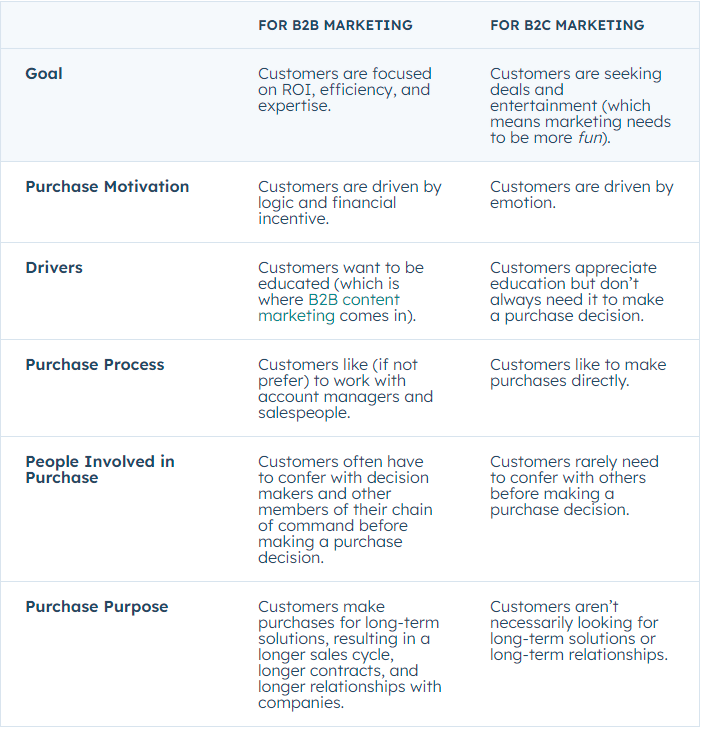
As much as they differ, though, B2B and B2C also intersect in many ways.
B2B Marketing Strategies
1.Understand the B2B buyer’s journey.
Before we dive into actual strategies you can implement, it’s important to understand the B2B buyer’s journey. This piece of information will help you create and implement marketing strategies that meet prospects at every stage of their purchase process. Because of the higher price point of B2B products, B2B sales cycles tend to be a lot longer than B2C cycles. Nurturing these prospects via marketing takes a similarly long time, too, and you must use specific tactics at every stage to drive them toward a purchase decision or a demo request. In other words: B2B marketing is not as easy as setting up ads on Instagram and hoping for clicks.

The B2B buyer’s journey is divided into three stages:
- Awareness Stage: The prospect has become aware of a problem and begins educating themselves.
- Consideration Stage: The prospect researches solutions for their new problem.
- Decision Stage: The prospect is ready to make a purchase or formally begin a buying process.
2.Identify your target market and target audience.
First up, define your target market. For B2B companies, we first recommend identifying your target companies with firmographic data such as:
- Company size, i.e small, medium, or enterprise
- Company region or location, i.e North America, South America, Africa, or specific countries and regions
- Company industry, i.e healthcare, fintech, or SaaS
- Number of employees
- Revenue
Then, define your target audience — that is, the specific human prospect who is looking for your brand’s products or services. Remember, you’re not marketing to other companies, you’re marketing to people who work at that company.
You can use demographic and psychographic data to identify individual prospects you’ll be marketing to. This may include their:
- Age
- Location
- Gender
- Education level
- Job title
- Behaviors
- Habits
- Beliefs
This information will help you create buyer personas and customer profiles, which in turn will help you understand how they make purchase decisions and which marketing channels they’re more likely to use.
3.Choose your marketing mix (or the 4 Ps of marketing).
Now that you’re armed with your buyer’s firmographic, demographic, and psychographic information, it’s time to start building a B2B marketing strategy that’s tailored specifically to them. Start by defining your marketing mix, or the 4 Ps of marketing:
- Product: What product you sell
- Price: How much the product costs
- Place: Where the product is sold
- Promotion: Where customers will find out about the product
Defining your 4 Ps is an excellent precursor to creating a more extensive marketing strategy. It marries all of the information you’ve recently found about your potential customers with the information you already know about your own product.
That will empower you to create a more effective strategy than if you jumped right into tactics and execution.
4.Create a B2B marketing plan and a marketing strategy.
Once you’ve defined your marketing mix, you can dive in even more deeply by creating a marketing plan and a marketing strategy. A marketing strategy marries market conditions with your company’s goals, and a marketing plan provides an actionable roadmap with specific channels and metrics.
What’s most important is outlining your own company’s summary and target markets, then deciding where you’ll promote your company. The thing is, it’s all too easy to choose specific strategies, like social media marketing and content marketing, without a strategic approach. That can easily lead to overspending in the wrong areas.
Strategizing is the core of your B2B marketing strategy — not implementing specific tactics such as blogging or SEO. Those will come later once you have defined the big picture.
5.Cover all of your B2B marketing bases, such as launching a website.
It’s time to dive into the more tactical aspects of your B2B marketing strategy by ensuring all of your marketing bases are covered. But we don’t want to dive too deeply yet; this is about nailing down the basics. The “basics” will vary per industry; for instance, in a more traditional vertical, you might rely less on your website and more on industry events.
That said, you want to ensure your B2B company has covered most of the following things (click on each one for a checklist to run through):
- Launching a website
- Creating and maintaining your social media profiles
- Starting an email marketing newsletter
- Signing up for industry events and conferences
No matter which B2B industry you’re in, and regardless of your audience type and age, these things will likely benefit you.
6.Run a competitive analysis.
To choose your specific marketing strategies even more strategically, carry out a competitive analysis.
Scope out the market and see which businesses are marketing to your target audience. Learn what they’re currently doing — do they have a website? A presence on a specific social media platform, such as LinkedIn? Things to be on the lookout for when inspecting competitors are:
- Competitor product offerings
- Competitor sales tactics and results
- Competitor marketing content and social media presence
Getting a general overview of these items can help you recognize your competitors’ strengths, weaknesses, opportunities, and threats — otherwise known as a SWOT analysis. Once you understand where they stand, you can better compete with them and choose the best channels.
If none of your competitors are on Instagram, for instance, then Instagram marketing may not be a good strategy to pursue.
7.Determine your brand positioning.
Next, define your brand positioning in the market. This statement is the who, when, why, and how of your brand identity — or the way your brand is perceived through the eyes of the customer.
This will help you cultivate a consistent brand image, regardless of the marketing channels and tactics you use.
8.Explore marketing channels to use.
By now, you’ve likely run across the different types of marketing channels your competitors use successfully, and the channels they haven’t taken advantage of. You’ve also likely gotten an idea of what you want to do based on your big-picture strategizing so far.
With the previous steps completed, you’re ready to diversify your B2B marketing portfolio and reach the businesses you need to. Depending on your customer segments and competitor analysis, you can now explore channels, strategies, and tools to optimize your leads and customer funnels.
B2B Marketing Trends to Watch in 2023 [New Data]
1.Generating leads and traffic is the top challenge for marketers.
Top of mind for everyone this coming year is generating more traffic. Marketers surveyed in our 2023 Industry Trends Report cited generating leads and traffic as the top challenge they face, followed by hiring talent and pivoting their marketing strategy to round out the top three answers.
With changes on the horizon and a potential recession looming, it's no surprise 17% of marketers are concerned with pivoting their marketing strategy. Throw in increased competition, and budget constraints and it's safe to say marketers have their work cut out for them in 2023.
2.Marketers anticipate struggling to keep up with trends in 2023.
Marketing trends move fast, so it’s not surprising that marketers we surveyed cited keeping up with trends as a top concern heading into 2023.
Facing increased competition, leveraging CRM systems, and having to pivot marketing strategy rounded out the top five concerns on the horizon for marketers.
3.Social media marketers report 'creating engaging content' will be their number one challenge in 2023.
22% of social media marketers marked "creating engaging content" as the number one challenge they believe they'll face in 2023.
With nearly all businesses utilizing social media vying for customer attention, competition is stiff. Businesses have had to evaluate what makes them stand out above the crowd and how they can better engage and target prospects. To make their best efforts shine, marketers have been utilizing a variety of formats, which we'll dive into next.
4.Marketers leverage video the most.
When it comes to marketing formats, video is the preferred choice with 50% of marketers making it their go-to option. Images came in a close second with 47% of marketers utilizing this format.
Video also provided the most ROI when compared to other formats like images, blog posts, podcasts, and case studies.
It’s popularity isn’t expected to wane anytime soon. Video is expected to grow among new users in 2023 with 1 in 3 planning to leverage this format next year.
5.Influencer marketing was the trend leveraged most this year.
As a result of the pandemic, we've seen an immense shift in how consumers' shop, with the majority now shopping online — and, in particular, purchasing products directly on social media.
It makes sense, then, that B2B marketers want to ensure their products or services are showing up on social channels with influencer partnerships.
Influencer marketing is projected to become a $13.8 billion dollar industry by the end of this year, and it's showing no signs of slowing down.
Most B2B marketers — 71% — planned on investing more in influencer marketing this year, and likely was a wise choice as this avenue will continue to grow in 2023.
However, you'll want to ensure you choose partnerships wisely. While it can be tempting to find influencers with massive audiences, many businesses have seen more success with micro-influencers, so be sure to do your research to determine which influencers have the most authentic connections with your desired audience.
6.Facebook leads in ROI, but other platforms are gaining popularity.
Our 2023 Trends Report found that not only was Facebook the most widely used marketing platform, but also provided marketers the most ROI. Out of the marketers surveyed, 18% stated they plan to invest in Facebook the most, followed by TikTok and YouTube tied with 16%.
While Facebook provides the most ROI, investment in other platforms is on the rise. YouTube is expected to see the most growth in 2023 with marketers with 91% of those using it planning to increase their investment.
Measuring ROI can be easier for some activities compared to others. For instance, it's easy enough to track a social media advertising campaign's ROI if you're tracking sales made from an ad placed on Facebook. Sales is a tangible outcome, and Facebook's Ad Manager enables you to easily track ROI from your efforts.
7.The number one goal for marketers in 2023 is increasing revenue.
Understanding your big-picture goals is imperative for creating an effective marketing strategy for 2023 — so it's likely helpful to know what other B2B marketers' plan to focus on next year.
Looking ahead, B2B marketers’ top priority is to increase revenue and sales, knocking increasing brand awareness down to the third spot from last year.
Top marketing goals:
- Increase revenue
- Improve customer experience
- Increase brand awareness
- Increase engagement
- Improve brand loyalty
Roughly half of B2B marketers reported that 'increasing brand awareness' was their number one goal in 2022.
Brand awareness is critical for fostering trust, long-term loyalty, and brand equity. It makes sense, then, that so many marketers feel it's critical for long-term success.
8.This year marketers stopped leveraging podcasts and audio content, while others stopped implementing VR and AR.
As important as it is to learn what marketers plan to do , it's equally vital to learn what they plan not to do. This can help you identify your own guardrails, and ensure you're sticking to the most efficient marketing strategies, rather than wasting time and resources on all of them.
Research found 25% of marketers plan to stop leveraging podcasts and audio content; followed closely by 23% who plan to stop leveraging VR and AR.
This doesn't mean these activities are inefficient, but it does suggest that some survey respondents found the time, effort, and resources required for each of these efforts wasn't worth it. Ultimately, it depends on your audiences' preferences.
If your audience doesn't enjoy consuming business content on podcast or audio formats, then re-consider investing in these initiatives.
However, audio content isn't going anywhere — so if you haven't already, you might consider testing various audio formats in 2023 to see how they perform with your audience.
9.Philanthropy is best when it's genuine.
Brand-building activities will look to work with social and environmental causes in a format that is ongoing and builds recognition for both parties. Marketers will need to be especially mindful of the way they present their company, to avoid being accused of having poor intentions.
